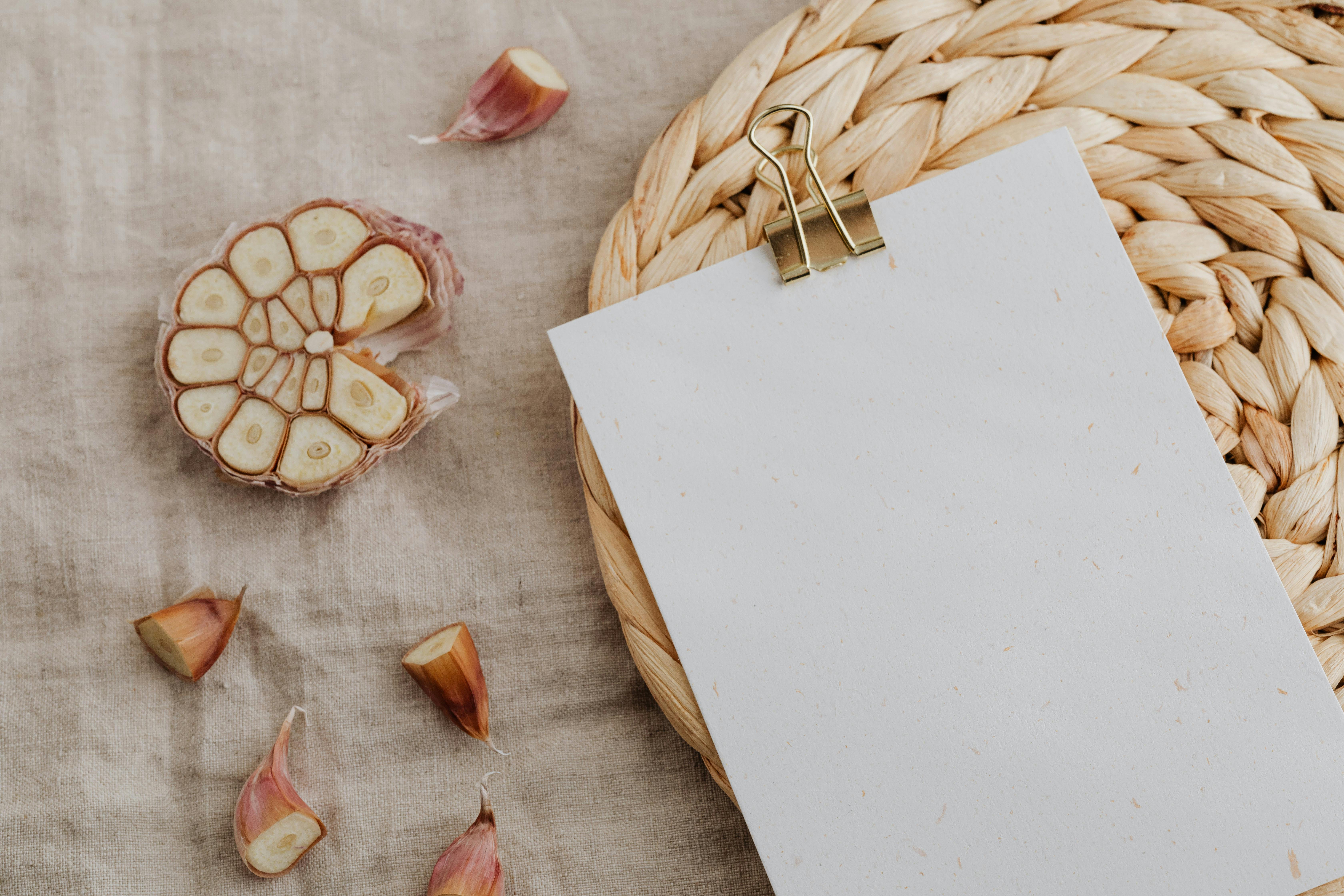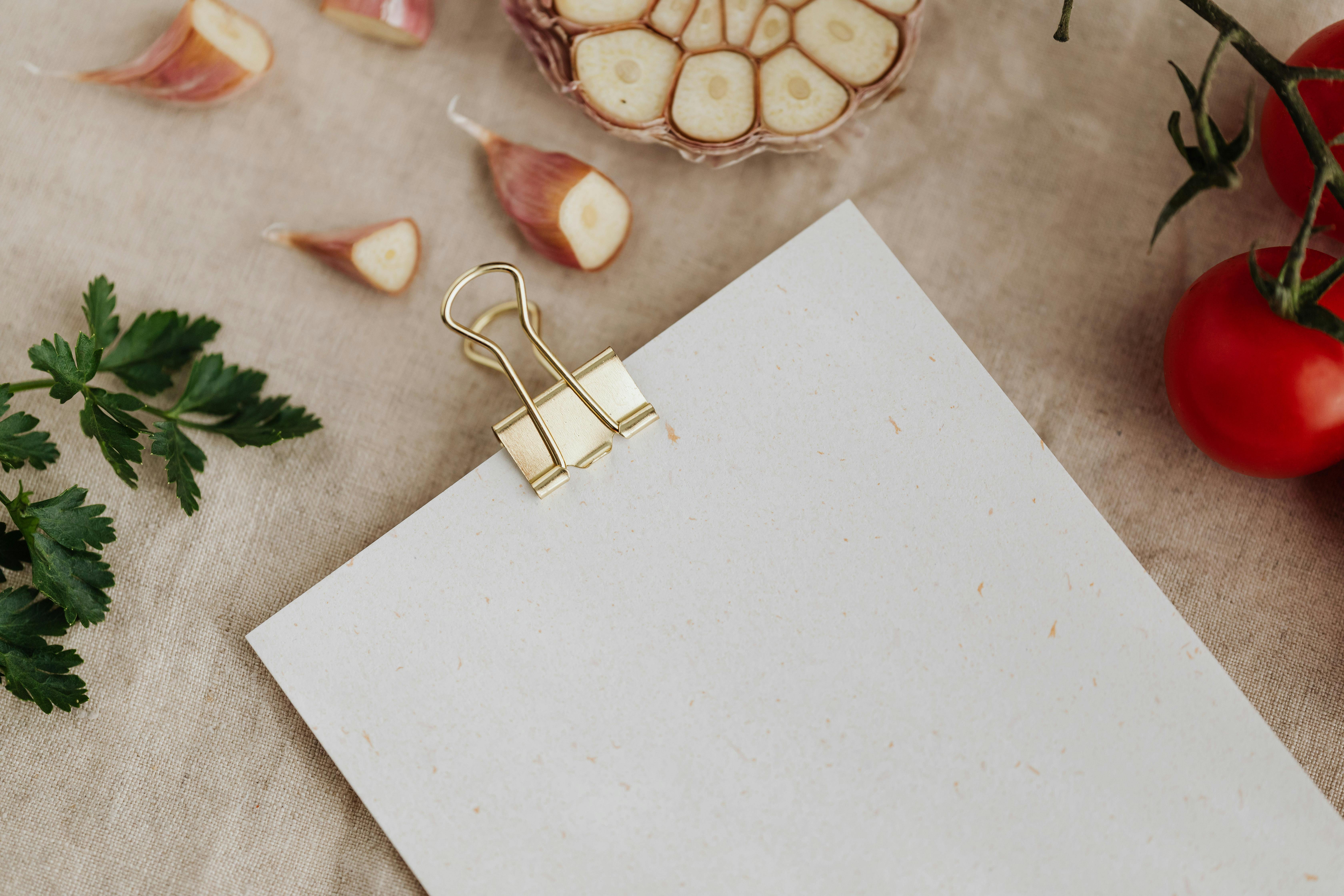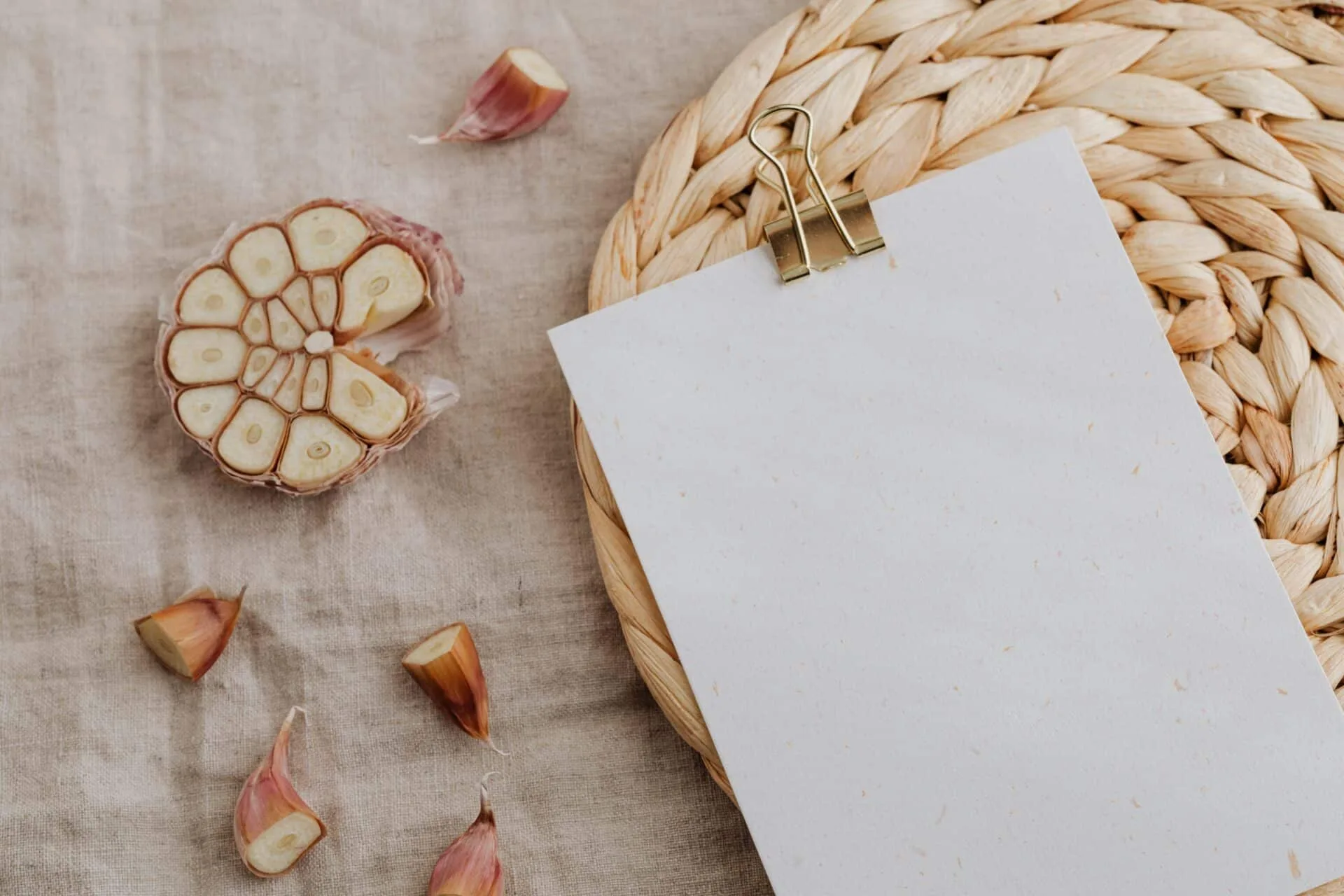Learning how to germinate strawberry seeds in paper towel is a great way to get started with growing strawberries. Paper towel is an inexpensive and reliable way to sprout the seeds, and it also provides a good environment for them to grow. With just a few simple steps, you can easily and quickly germinate strawberry seeds in paper towel.To germinate strawberry seeds in a paper towel, you will need the following: paper towels, strawberry seeds, a container with a lid, and water. Begin by moistening two paper towels with water and wringing them out until they are damp but not dripping wet. Place the damp paper towels in the container and sprinkle the strawberry seeds onto them. Cover the container with its lid and place it in an area where it will receive indirect sunlight. Keep the paper towels moist by misting them with water every day. The seeds should germinate within 7-14 days.
Preparing the Strawberry Seeds for Germination
Strawberry seeds require special preparation before they can be planted and germinated. It is important to prepare the seeds properly in order to ensure a successful harvest. The following steps will help ensure that your strawberry seeds are ready to be planted and germinated.
The first step is to soak the strawberry seeds in warm, non-chlorinated water for 24 hours. This will help soften the seed coat and make it easier for the seed to absorb moisture. After soaking, you should drain off any excess water and let the seeds dry overnight on a paper towel.
Once the strawberry seeds are dry, they should be placed in a damp paper towel or a plastic bag with some potting mix or compost. Make sure that the mixture is slightly moist but not overly wet, as too much moisture can cause mold and rot on the seeds. Place this mixture in an airtight container and store in a dark place at room temperature for 10-14 days. This will give the seeds time to stratify, which is necessary for successful germination.
After 10-14 days have passed, your strawberry seeds should be ready to be planted. Moisten some potting mix or compost in a bucket or container and sprinkle the strawberry seeds over it evenly. Gently press down on each seed with your finger so that it is just barely covered by soil or compost. Water lightly and place in a warm location with lots of sunlight but not too much direct heat. With proper care, you should see signs of germination within 2-4 weeks.
By following these steps, you can ensure that your strawberry plants will have a successful start once they are planted and germinated!
Soaking the Strawberry Seeds
Soaking strawberry seeds before planting them is an important step in the process of growing strawberries. Soaking helps to soften the hard outer shell of the seed, which can inhibit germination. It also allows for better absorption of water and nutrients in the soil, which helps to ensure a healthy crop. To soak strawberry seeds, you will need a shallow bowl or dish that is large enough to hold all of the seeds. Fill the bowl with room-temperature water and add a teaspoon of hydrogen peroxide to the water. This will help to kill any unwanted bacteria or fungus that might be present on the seeds. Add the strawberry seeds and allow them to soak for at least 8-12 hours. After soaking, drain off any excess water and allow the seeds to dry for at least 24 hours before planting them in your garden.
Soaking strawberry seeds before planting can be an effective way to get your plants off to a good start. It is also important to remember that not all strawberry varieties require soaking, so it is important to do your research beforehand and determine whether or not your particular variety needs this extra step prior to planting. Taking extra precautions when preparing your seed will help ensure healthier plants with bigger yields in the long run!
Folding the Paper Towel
Folding paper towels is a great way to keep them organized and easy to use. It’s also a great way to save money, as folded towels take up less space than unfolded ones. To fold paper towels, start by laying the towel flat on a clean surface. Then, carefully fold it in half lengthwise twice, so that it creates three even folds. Next, fold the towel in half width-wise twice, so that it looks like an accordion. Finally, tuck in the ends of the towel for a neat and tidy look.
Folding paper towels can also be done with a bit more precision by using a few simple tools. A ruler can help ensure that each fold is even and straight, while a box cutter can be used to trim away any excess edges or uneven sections of the paper towel. Additionally, some people prefer to use a folding board or mat for added stability when folding paper towels. This helps to ensure that each fold is precise and neat without creating any wrinkles or creases in the towel.
Once you have folded the paper towel correctly, you can store it in your kitchen drawer or cupboard for easy access when needed. Folding paper towels is an easy way to save time and money while keeping your kitchen organized and well-stocked with essential supplies!
Planting the Strawberry Seeds
Planting strawberry seeds is an easy and rewarding way to start your own strawberry patch. Whether you purchase them from a garden center or pick them up from a local farm, strawberry seeds can be planted in a variety of ways. Before you start planting, it’s important to understand the basics of growing strawberries, such as when and where to plant them.
When selecting a place to plant your strawberries, it’s important to choose an area with plenty of sun and good drainage. Strawberries do best in full sun, with six to eight hours of direct sunlight per day. If possible, avoid planting strawberries in areas that are prone to standing water or flooding.
Once you’ve selected the location for your strawberry patch, it’s time to prepare the soil. Strawberries prefer loamy soil that is high in organic matter and drains well. If necessary, amend the soil with compost or manure prior to planting the seeds.
When planting strawberry seeds, it is important to follow the instructions on the seed packet carefully. Some varieties require pre-chilling before they will germinate while others may need additional protection from birds and other pests. Once you have planted your strawberry seeds according to the instructions on the packet, water them thoroughly and keep them moist until they begin to sprout.
Strawberry plants can take several weeks or even months before they start producing fruit, so be patient! With proper care and attention, you should have a bountiful harvest of delicious strawberries in no time at all!

Keeping the Moisture Levels Stable
Maintaining proper moisture levels in your home is essential for a comfortable living environment. Uncontrolled humidity can lead to mold growth, dust mites, and even cause structural damage to your home. Fortunately, there are a few simple steps you can take to keep the moisture levels in check.
First, it’s important to monitor the humidity levels in your home and take steps to control them when necessary. Investing in a hygrometer will allow you to track the relative humidity in your home and keep it within an acceptable range. Generally, the ideal range is between 30% and 50%, but this may vary depending on your climate and personal preferences.
You can also use dehumidifiers or air conditioners to help reduce indoor humidity levels if needed. Make sure these systems are maintained regularly and kept clean so they operate at peak efficiency. Additionally, using an exhaust fan while cooking or showering may help reduce moisture buildup in certain areas of your home.
Finally, it’s important to inspect and repair any areas of your home that may be prone to moisture buildup such as leaking pipes or windows that aren’t properly sealed. Taking these steps will help keep the moisture levels stable and prevent costly damage to your home over time.
Ensuring Optimal Temperature for Growth
Maintaining the optimal temperature is essential for the proper growth of any organism. Temperature affects the metabolic rate of living organisms, and when it is not within the range that is ideal for a particular species, it can lead to poor development and even death. It is therefore important to ensure that the temperature of a given environment remains within range for optimal growth. There are various ways in which this can be done, such as using heating or cooling systems, controlling the amount of sunlight exposure, and making sure that air circulation is adequate.
Heating systems are used in many environments to maintain a consistent temperature throughout an area. This can be done with electric heaters or gas-powered heating systems, depending on the needs of the environment. Electric heaters are typically used in small areas where there is not much space, while gas-powered heating systems are usually used in larger areas where more heat is needed.
Cooling systems work similarly to heating systems but instead reduce the temperature of an environment. They can be used to lower temperatures during particularly hot days or to keep temperatures at a minimum during cold days. Air conditioning units are commonly used cooling systems in homes and other buildings, and they work by circulating cool air throughout an area.
The amount of sunlight exposure can also affect an organism’s growth rate as well as its overall health. Too much sunlight can lead to burns or dehydration, while too little sunlight can deprive an organism of essential nutrients needed for growth. Shade cloths or other materials can be used to limit the amount of direct sunlight and create a more comfortable environment for growth.
Finally, making sure that air circulation is adequate is also important in ensuring optimal temperature conditions for growth. Poor air circulation can lead to stagnant air which will prevent oxygen from reaching all areas equally and result in poor growth conditions for organisms living within it. Ventilation fans or windows should be opened regularly to allow fresh air into the environment and improve circulation.
Transplanting When Necessary
Transplanting is an important step when it comes to caring for plants. Transplanting can help with overcrowding, as well as improving the soil structure. When transplanting, it is important to choose the right time and method to ensure the health of the plants.
The best time to transplant is in spring or autumn when the plant is not actively growing and has stored energy reserves from winter or summer. This will help ensure that the plant survives the transplant shock and can continue growing in its new home. It is also important to make sure that the soil is moist before beginning a transplant, as this will help reduce shock to the plant’s roots.
When transplanting, it is important to dig a hole twice as wide and deep as the root ball of your plant. Amending soil with compost or aged manure will help improve drainage and create a more nutrient-rich environment for your newly transplanted plants. It is also important to water your transplants thoroughly after transplanting, as this will help them adjust to their new environment more quickly.
When dealing with larger trees, it may be necessary to use a spade or shovel instead of a trowel or hand shovel when digging up and moving your plants. This will ensure that the roots are not damaged during transplantation. After planting your tree, you should also consider staking it until its roots have had time to establish themselves in their new environment.
Finally, if possible, you should wait until after flowering has occurred before attempting any large scale transplants on shrubs or trees whose root systems are established in one place for an extended period of time. Transplanting at this stage allows flowers and fruit to be moved without damaging them or reducing their production potential significantly.
Overall, transplanting when necessary can be an effective way of improving soil structure, providing more space for plants, and ensuring their overall health and long-term success in your garden. However, it is important to choose the right timing and method in order to avoid unnecessary damage or shock for your plants during this process.

Conclusion
Germinating strawberry seeds can be a fun and rewarding project for gardeners of all ages. By following the steps outlined above – cleaning, soaking, stratifying, and germinating on a paper towel – you can successfully grow your own strawberry plants from seed. While it may take some patience to see results, the effort is worth it for a healthy and productive strawberry garden.
Remember to always use fresh, viable seeds and follow the steps in the correct order to ensure successful germination. With enough care and attention to detail you’ll be able to enjoy delicious homegrown strawberries in no time!



